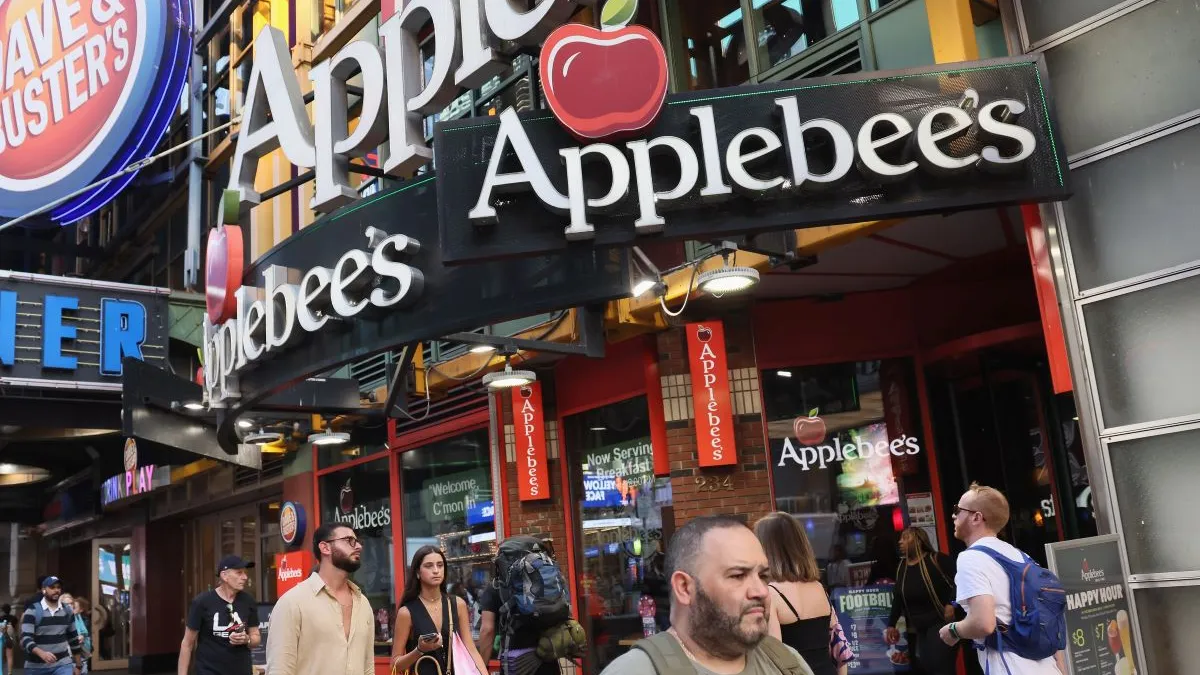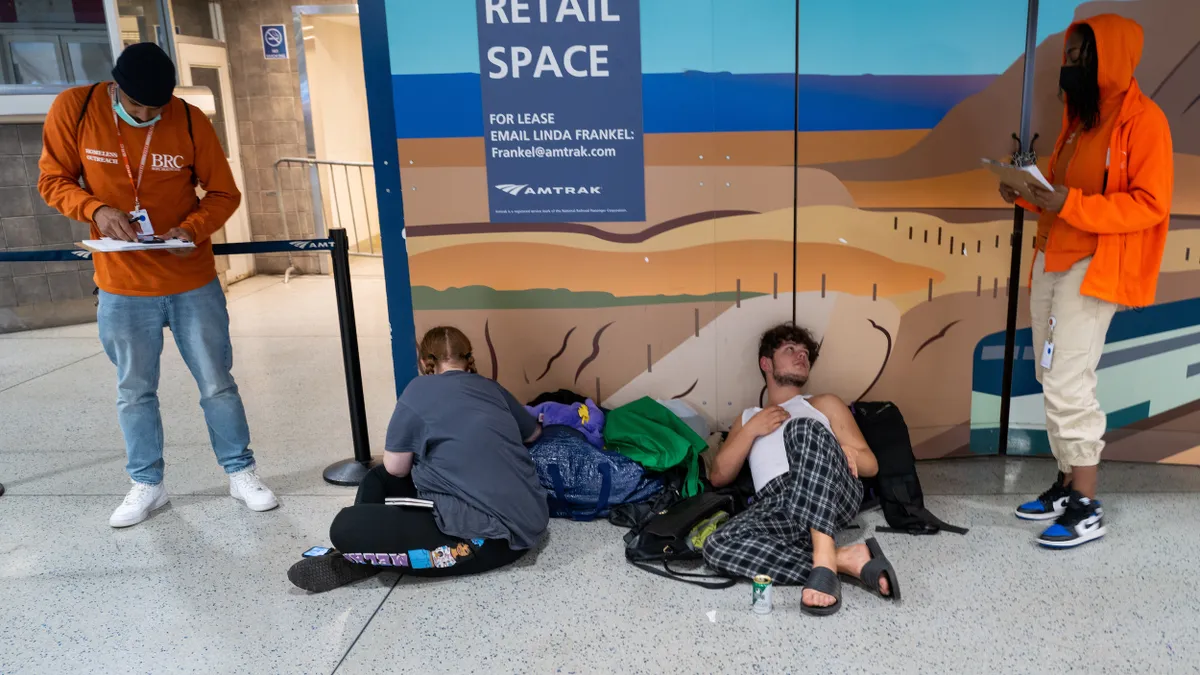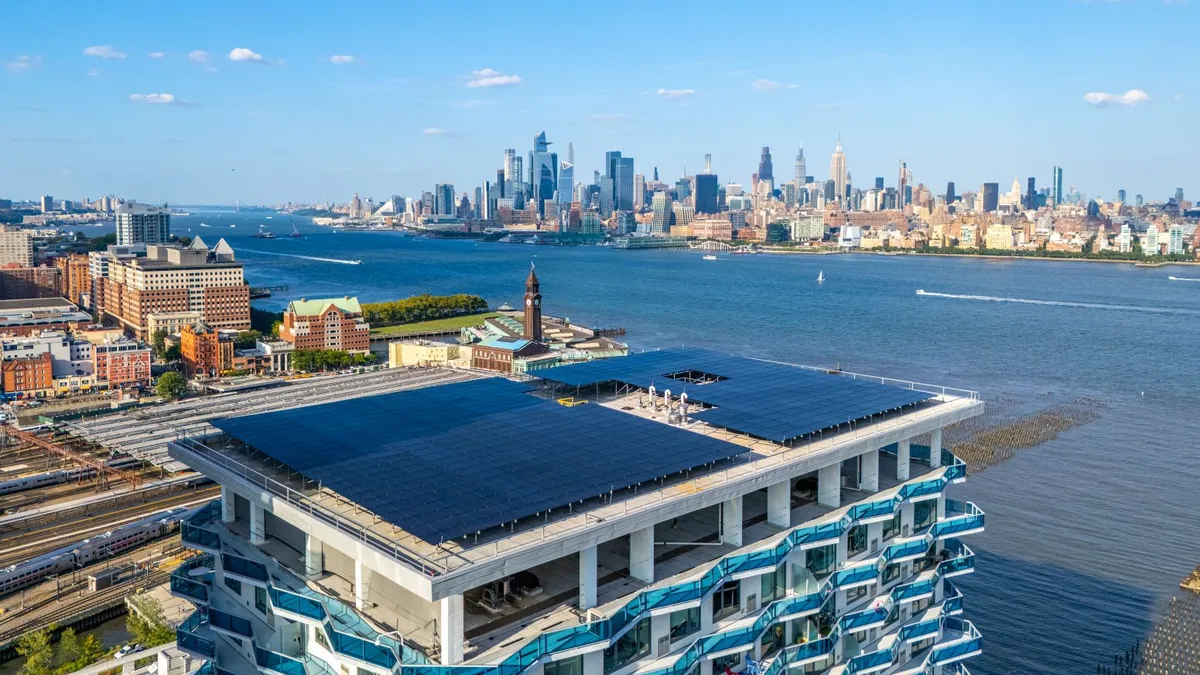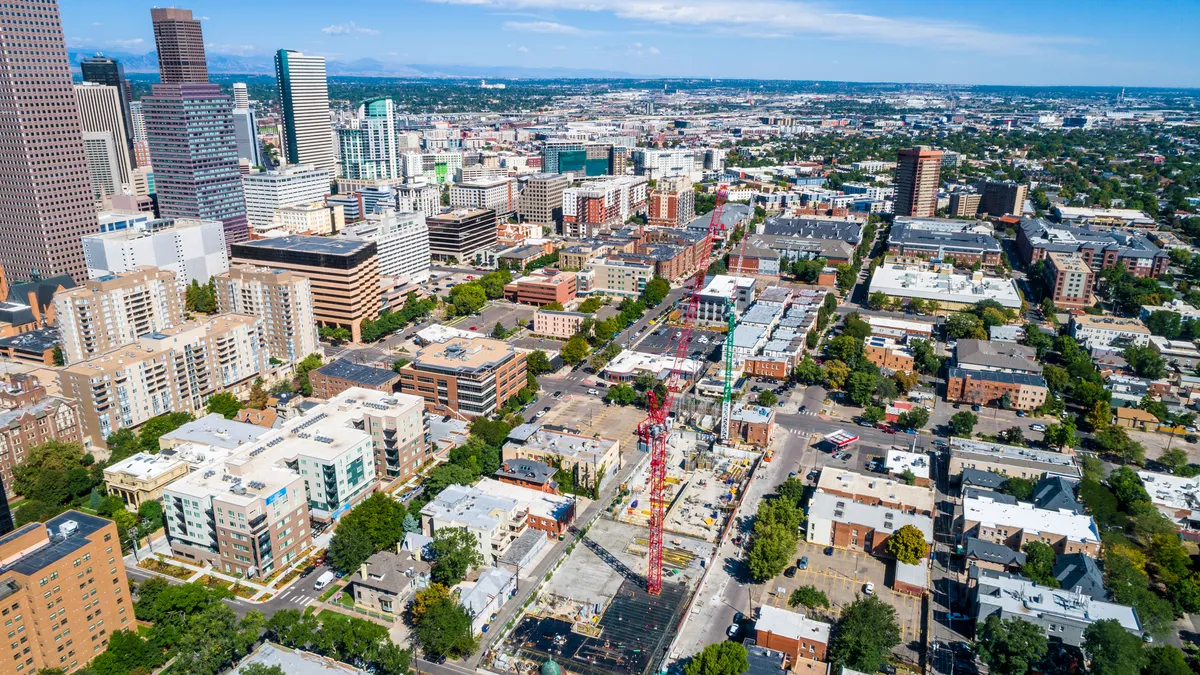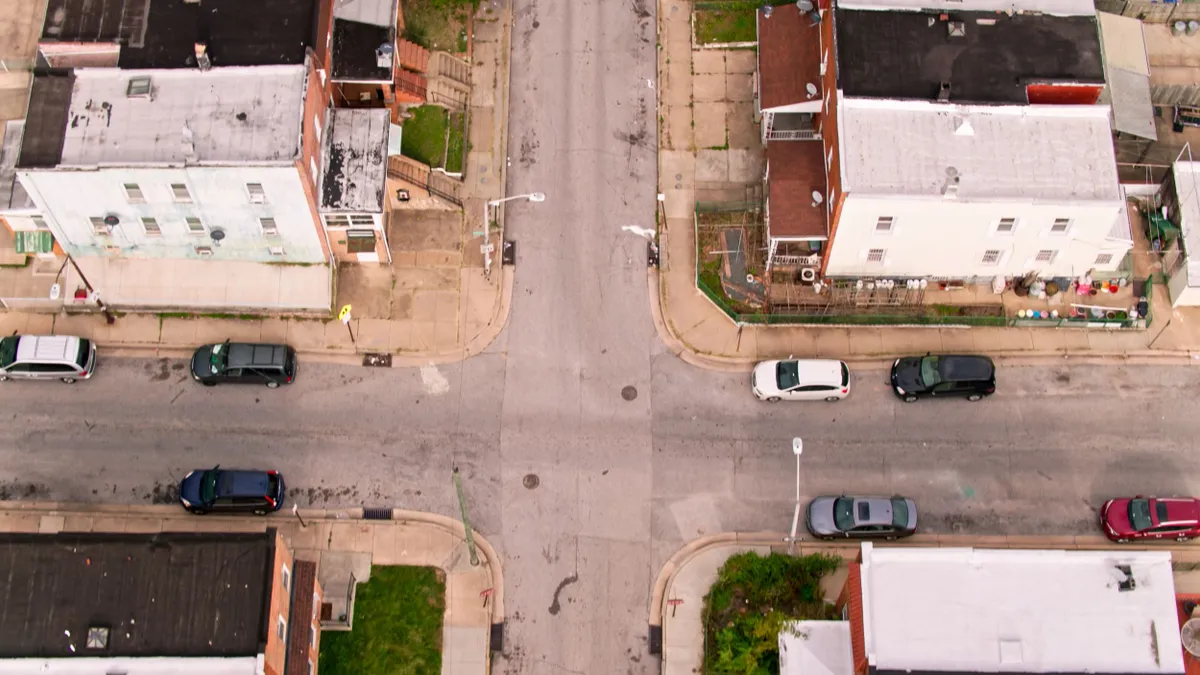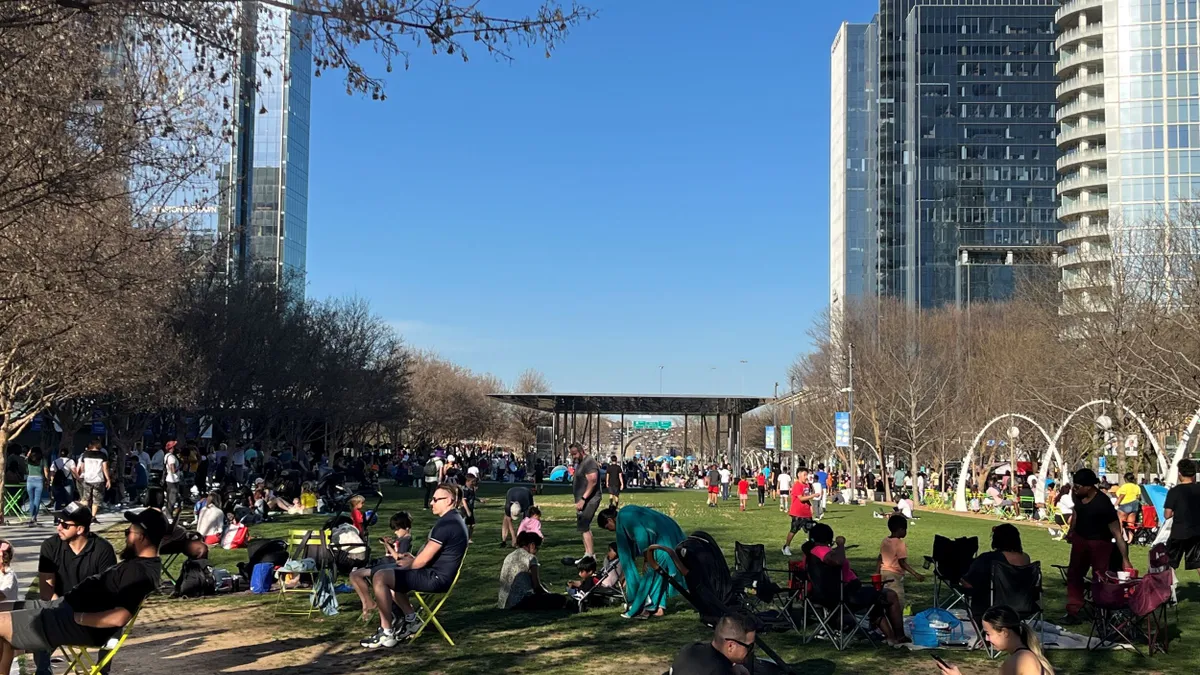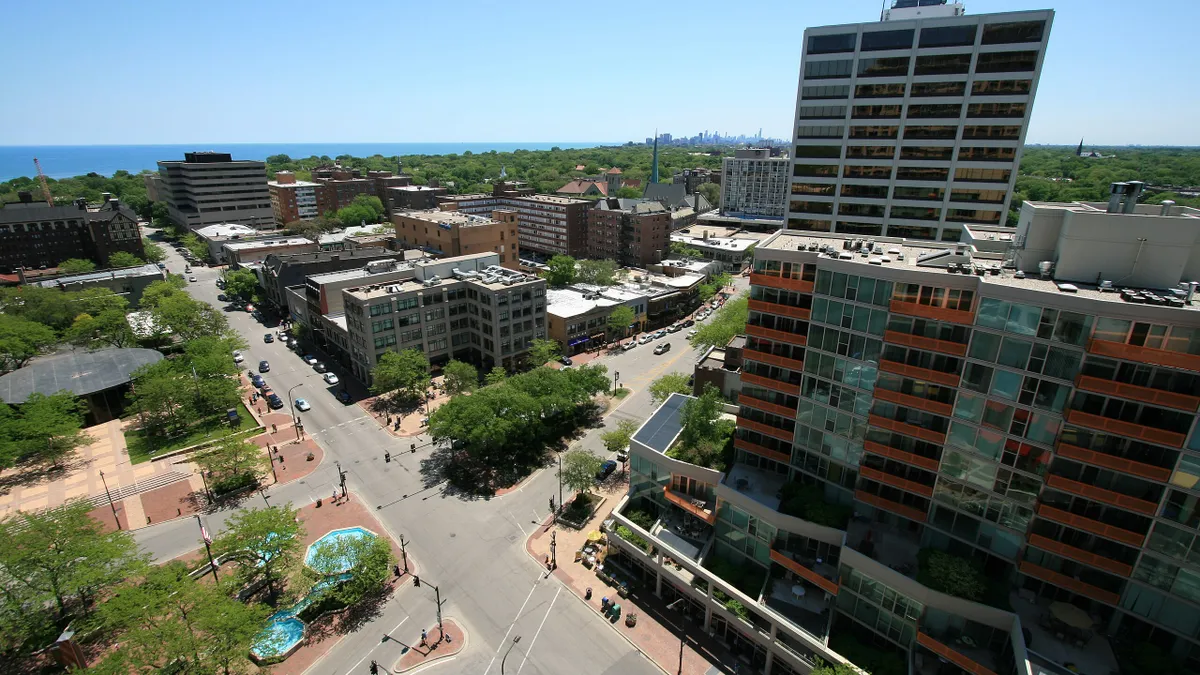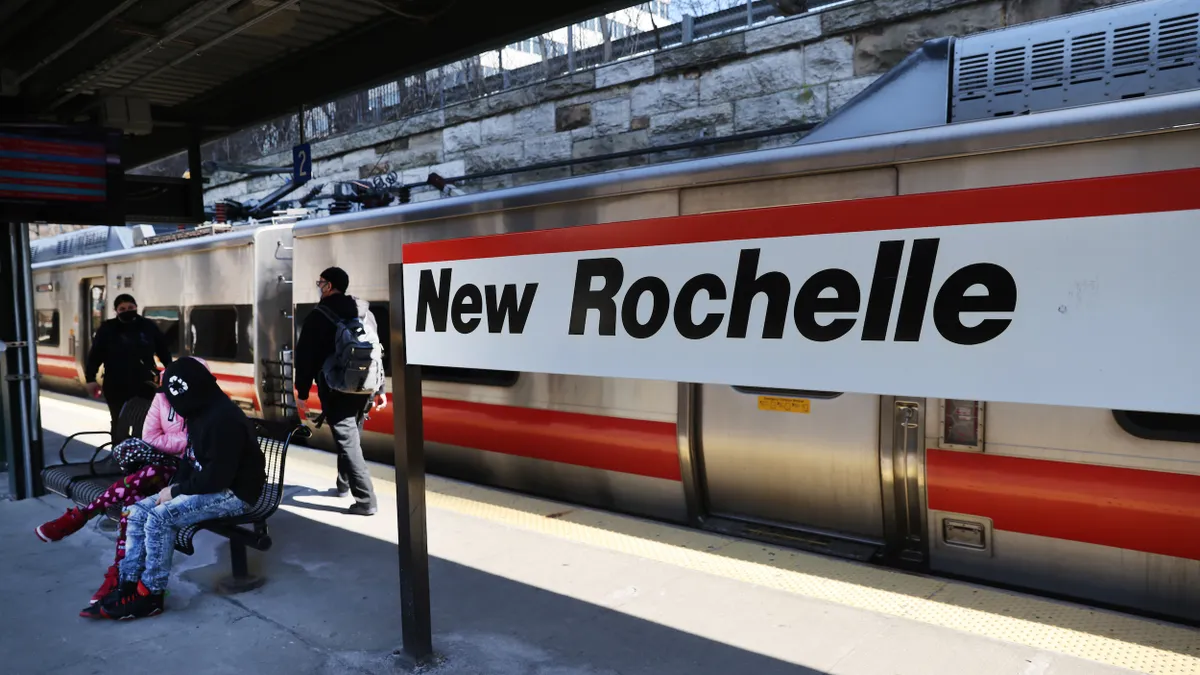Famous Toastery opened its first of two downtown Charlotte, North Carolina, locations about a decade ago — veering from its primary market in the suburbs.
Urban areas such as Charlotte’s downtown can be challenging environments for casual dining restaurant chains like Famous Toastery for several reasons. Rents are high, those areas don’t always generate traffic outside workweek hours, and dense business corridors can come with space limitations, experts say.
Despite the challenges, casual dining restaurant chains can succeed in some urban markets — so long as the real estate opportunity makes sense financially and meets the brand’s requirements.
High-end chains such as Ruth’s Chris Steakhouse or Morton’s Steakhouse do very well in urban areas near hotels and convention centers, said Charles Perkins, owner of commercial real estate firm Boston Restaurant Group.
Casual dining chain restaurants entered Boston in the 1990s, when the cost of opening a location was fairly inexpensive. Today, chains such as Applebee’s or Chili’s don’t typically do well in downtown markets because their menu prices are cheap and the rents and other costs in the city are expensive, Perkins said.
Casual dining restaurant chains like Chili’s and Applebee’s also provide family dining experiences, which is why they are typically located outside of the city completely, said Perkins. U.S. counties containing some of the largest cities have seen double-digit percentage declines in their population of young children, according to the Economic Innovation Group. Those chains aren’t likely frequented by an office worker in downtown Boston, Perkins said.
Famous Toastery — which sells breakfast, lunch and cocktails from 7 a.m. until mid-afternoon, depending on location — has found success in Charlotte and is looking to expand into other markets, including San Antonio and potentially downtown Washington, D.C., said Mike Sebazco, the chain’s president.
“D.C. is actually one that is interesting to us,” Sebazco said. “We just need to make sure we can make the economics work.”
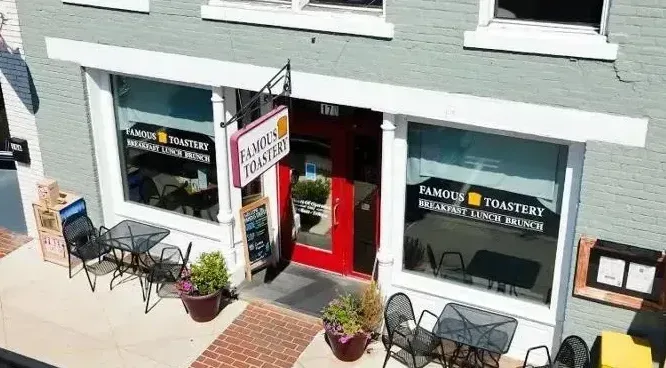
Finding the right urban location
Rent in urban areas is typically higher than in suburban areas, Sebazco said. So for an urban or downtown area to work, the restaurant needs to draw people seven days per week, he said.
That includes appealing to “a healthy mix of lifestyles that’s going on there,” he said, including commuters and locals who live close by. A good location needs a lot of residents or existing businesses that bring additional draws, he said.
Charlotte’s downtown draws traffic seven days a week through athletic events and concerts that bring people to the area year-round, Sebazco said.
As Famous Toastery evaluates a potential location in downtown D.C., the company needs to grasp the full dynamic of the location: Does it attract only tourists? Will it also attract workers from downtown offices?
There are cost considerations as well. Gutting and creating space in a historic building and then adding the restaurant’s branding and materials are “expensive propositions" — especially compared with building out an end cap, Sebazco said.
In Boston, obtaining a liquor license in the city’s downtown can cost around $600,000, Perkins said, adding to the high price of leasing there. The cost of a liquor license in suburban cities and towns right outside of Boston is a fraction of what it is in Boston, he said.
For franchise restaurant brands, when you consider the cut of revenues that goes to the brand, franchises in that market would need to make millions in sales just to break even, Perkins said.
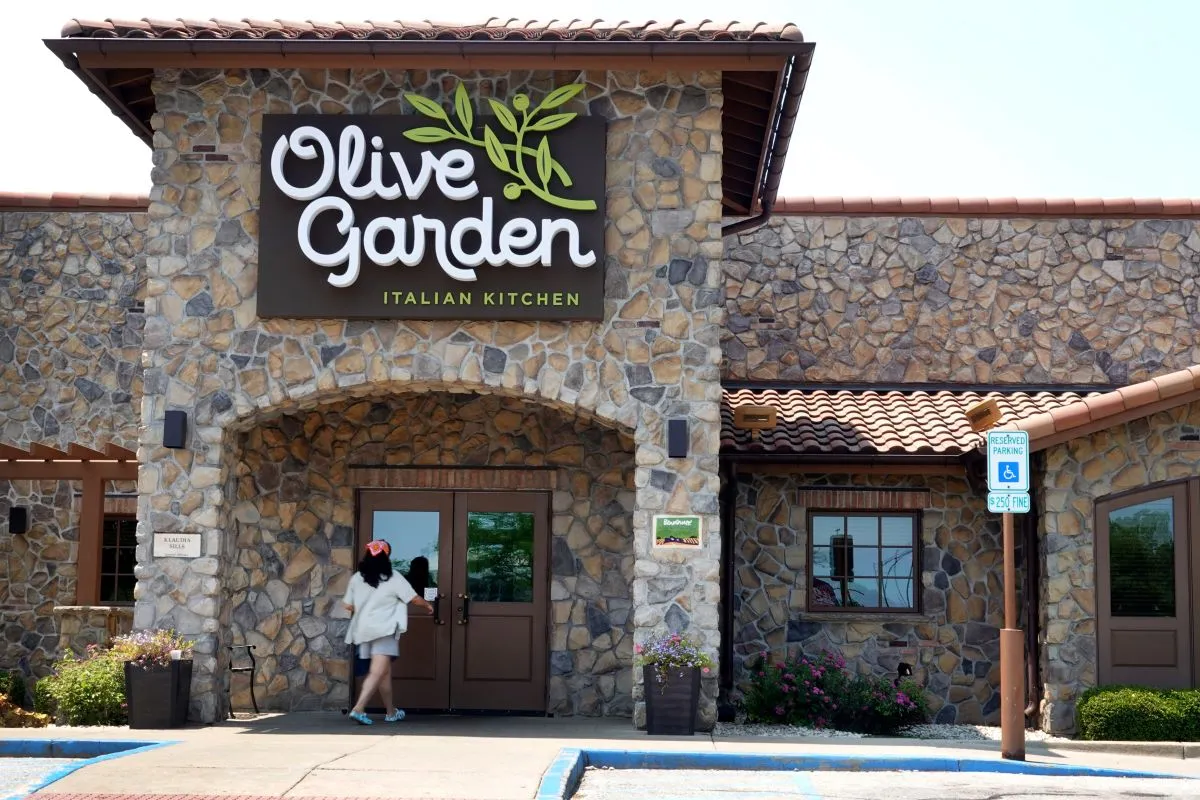
The ideal space
Casual dining restaurant chains with lower menu prices are being intentional about where they locate, said Alon Lagstein, counsel at law firm Carlton Fields, a firm that works with restaurant brands.
That includes locations with access to a lot of parking, including dedicated curbside pickup spaces. Even if people are dining in the restaurant for long periods of time, giving delivery drivers convenient parking so a restaurant worker can run the food out quickly is crucial, he said.
“You’re not going to find those parking requirements and those space requirements so often in the dense urban areas,” said Lagstein.
Chain restaurants also often get excited about a location on a corner, where it’s easy for a car to turn into their drive-thru or if there are multiple points of ingress from the street, Lagstein said.
And they are looking for up to 10,000 square feet, including a patio, Lagstein said. The space needs to fulfill a large number of utility and fire safety requirements, he said, as well as architectural requirements that allow the chain to build out the restaurant to reflect its brand, he added.
Even if such a space existed in a busy city such as Los Angeles or Boston, there’s no guarantee that the casual chain restaurant would succeed.
A large number of employees in the region are also still working remotely and don’t want to drive into downtown Boston and pay for parking to go to a casual chain restaurant when they can go to one in the suburbs, Perkins said.
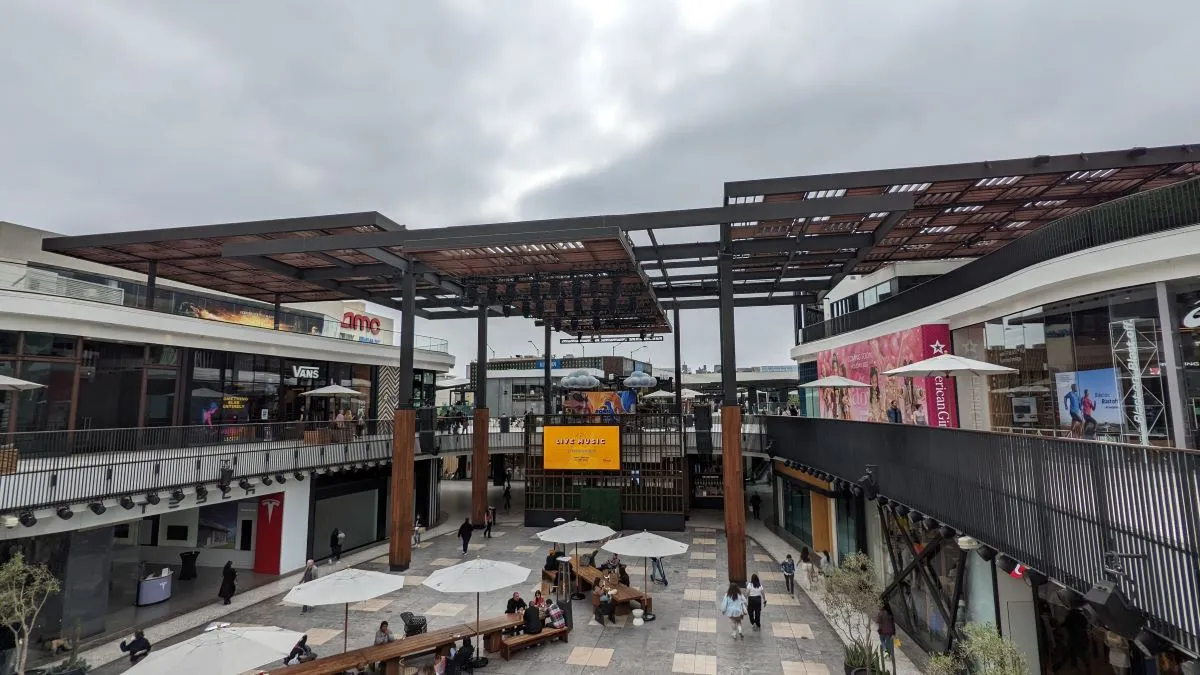
Finding deals
There are opportunities for some casual dining restaurant brands to succeed in the right urban area.
The Century City neighborhood of Los Angeles, for instance, is highly concentrated, with a large number of office workers as well as a shopping mall, some expensive condos and newer buildings that are highly amenitized, Lagstein said. This market is vibrant and able to support the many restaurants located there, he said.
“I think brands are still comfortable betting on a place like Century City,” Lagstein said.
But newer, office-oriented areas with the atmosphere of Century City are fairly rare in the U.S. And some low-cost casual dining restaurant brands may not be the right fit for the area, Lagstein said.
Century City’s mall contains fast food chains like Chick-fil-A, fast casual restaurants such as Cava and Chipotle, ice cream and dessert eateries, coffee shops and more expensive dining restaurants. An Olive Garden is a few miles away.
“It’s a higher price point place, so you’re not really going to see Applebee’s,” Lagstein said. “You might see some of Applebee’s competitors that cater to a price point that is a notch or two above.”
Despite the challenges, deals in urban locations are out there.
Famous Toastery’s initial downtown Charlotte location was attractive because it was built in a second-generation space with an existing kitchen; it required low construction costs; and it had a working HVAC system, said Sebazco. Second-generation restaurant spaces can help chains lower build-out costs when moving into urban areas. However, the company also keeps in mind that there’s a reason the space is available, he said.
Since the start of the COVID-19 pandemic, landlords have provided more reasonable real estate contracts, and they’re looking for long-term plans with their tenants versus 3% escalations like they had offered in the past, he said.
Rents have grown since the pandemic in some markets, like San Antonio, where Famous Toastery is working to add locations. They are currently in lease negotiations for a space in the city, Sebazco said.
Overall, the cost of renting a space in many suburban areas has increased, but it’s less than it is in an urban area. It’s often more convenient for a potential customer to get to an urban market than a suburban one, however, he said.
“It’s a challenging environment. We’re all looking for the same thing right now, and that is a deal,” Sebazco said. “There’s really great looking opportunities out there that we are absolutely priced out of.”


